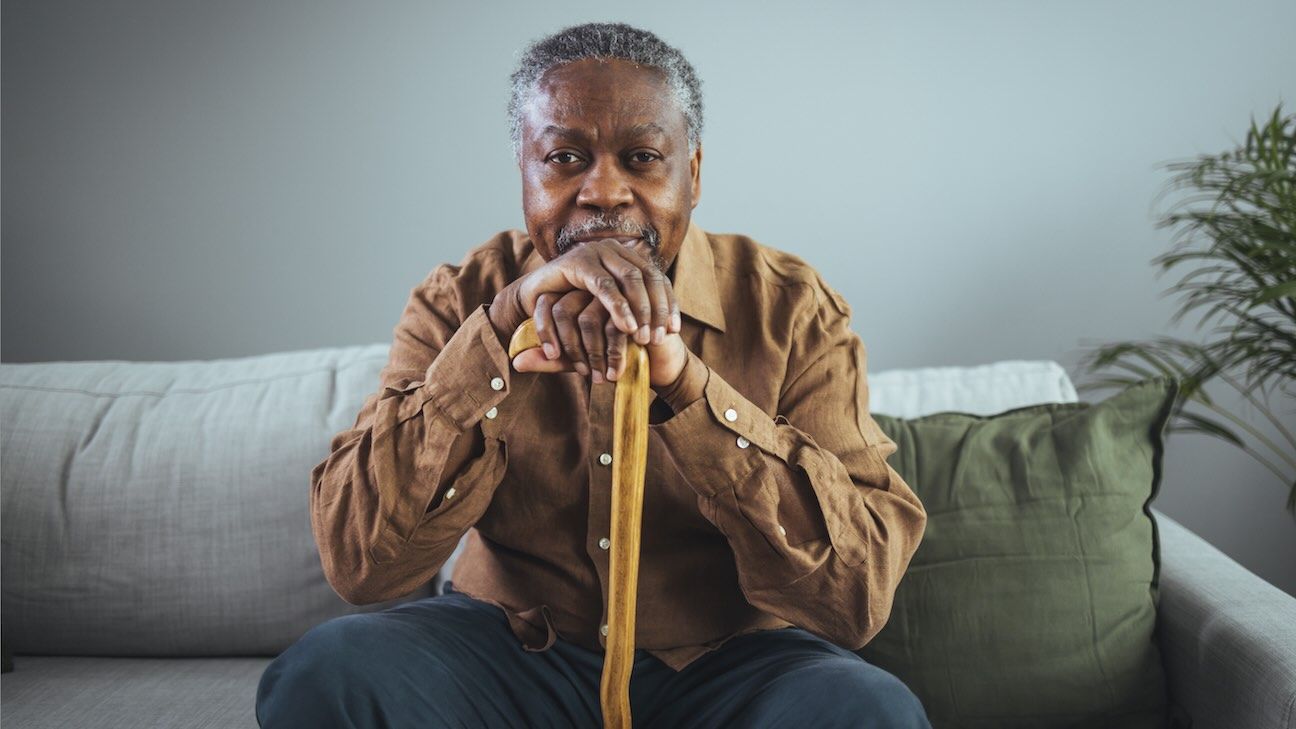Massage therapy involves manually manipulating soft tissues, such as connective tissue, tendons, ligaments, joints and muscles, to alleviate discomfort or pain in specific areas. It can be used for muscle stresses, muscle overuse or chronic pain conditions.
Massage therapy can be applied to any area of the body, but for Alzheimer’s disease, the most notable are the back, shoulders, back of the neck, hands and arms. In some cases, only the hands or the lower legs and feet will be worked on.
Different touch styles can also be implemented, ranging from tender to large strokes, kneading or rubbing and slow strokes.
People with Alzheimer’s can engage in massage therapy as much or as little as they like, depending on how it affects them and their enjoyment of the activity. There is no set rule for how many sessions a person should have, but typically, one to two per month is a good frequency for most individuals. Those living with Alzheimer’s may benefit from more or fewer sessions, depending on how they experience it and whether or not it provides benefits.
Research has found that massage therapy can address specific symptoms, helping to improve health parameters in people with Alzheimer’s, such as:
- Agitation levels and agitated behaviours, such as wandering
- Depression or anxiety
- Aggression
- Social isolation
- Quality of life
- Chronic pain
- Appetite or willingness to eat

